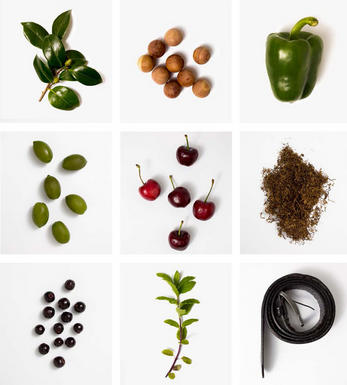
About this WINE

Chateau Beychevelle
Château Beychevelle is a 4ème Cru Classé St-Julien wine property that boasts one of the most impressive châteaux in the whole of the Médoc. Its label depicts a beautiful galley with a large sail, as a consequence of its ownership in the 16th century by the Duc d`Eperon, Admiral of France at the time. The expression "Baisse-Vaille", meaning "lower sails", later evolved into the name Beychevelle. Today the property is owned by Grands Millésimesde France.
Beychevelle's 85 hectares of vineyards are located in the far south of the St-Julien appellation, just outside the hamlet of St-Julien-Beychevelle. The wine is typically a blend of 60% Cabernet Sauvignon, 28% Merlot, 8% Cabernet Franc and 4% Petit Verdot. It is matured in oak barrels (50-60% new) for 18 months. It is renowned for its suppleness, smoothness and its rich, and sometimes chocolatey character.
The best examples from the best Beychevelle vintages are powerful and concentrated, with oodles of almost sweet, ultra-ripe Cabernet fruit, and can age effortlessly.

St Julien
St Julien is the smallest of the "Big Four" Médoc communes. Although, without any First Growths, St Julien is recognised to be the most consistent of the main communes, with several châteaux turning out impressive wines year after year.
St Julien itself is much more of a village than Pauillac and almost all of the notable properties lie to its south. Its most northerly château is Ch. Léoville Las Cases (whose vineyards actually adjoin those of Latour in Pauillac) but, further south, suitable vineyard land gives way to arable farming and livestock until the Margaux appellation is reached.
The soil is gravelly and finer than that of Pauillac, and without the iron content which gives Pauillac its stature. The homogeneous soils in the vineyards (which extend over a relatively small area of just over 700 hectares) give the commune a unified character.
The wines can be assessed as much by texture as flavour, and there is a sleek, wholesome character to the best. Elegance, harmony and perfect balance and weight, with hints of cassis and cedar, are what epitomise classic St Julien wines. At their very best they combine Margaux’s elegance and refinement with Pauillac’s power and substance.
Ch. Léoville Las Cases produces arguably the most sought-after St Julien, and in any reassessment of the 1855 Classification it would almost certainly warrant being elevated to First Growth status.
Recommended Châteaux: Ch. Léoville Las Cases, Ch.Léoville Barton, Ch Léoville Poyferré, Ch. Ducru-Beaucaillou, Ch Langoa Barton, Ch Gruaud Larose, Ch. Branaire-Ducru, Ch. Beychevelle

Cabernet Sauvignon
The most famous red wine grape in the world and one of the most widely planted.
It is adaptable to a wide range of soils, although it performs particularly well on well-drained, low-fertile soils. It has small, dusty, black-blue berries with thick skins that produce deeply coloured, full-bodied wines with notable tannins. Its spiritual home is the Médoc and Graves regions of Bordeaux where it thrives on the well-drained gravel-rich soils producing tannic wines with piercing blackcurrant fruits that develop complex cedarwood and cigar box nuances when fully mature.
The grape is widely planted in California where Cabernet Sauvignon based wines are distinguished by their rich mixture of cassis, mint, eucalyptus and vanilla oak. It is planted across Australia and with particular success in Coonawarra where it is suited to the famed Terra Rossa soil. In Italy barrique aged Cabernet Sauvignon is a key component in Super Tuscans such as Tignanello and Sassicaia, either on its own or as part of a blend with Sangiovese.



Buying options
Add to wishlist
Description
1966 was hailed as the most successful vintage of its decade after 1961, producing wines of considerable vigour but, with the exception of Pauillac and St Julien, not wines destined for prolonged ageing. Beychevelle, the most southerly of the St Julien Classified Growths, is a property capable of producing glorious wines but has not been the most consistent performer in the latter half of the 20th century. In this era, however, it was on top form, and this wine has great depth, solidity and structure, not to mention fruit.
wine at a glance
Delivery and quality guarantee